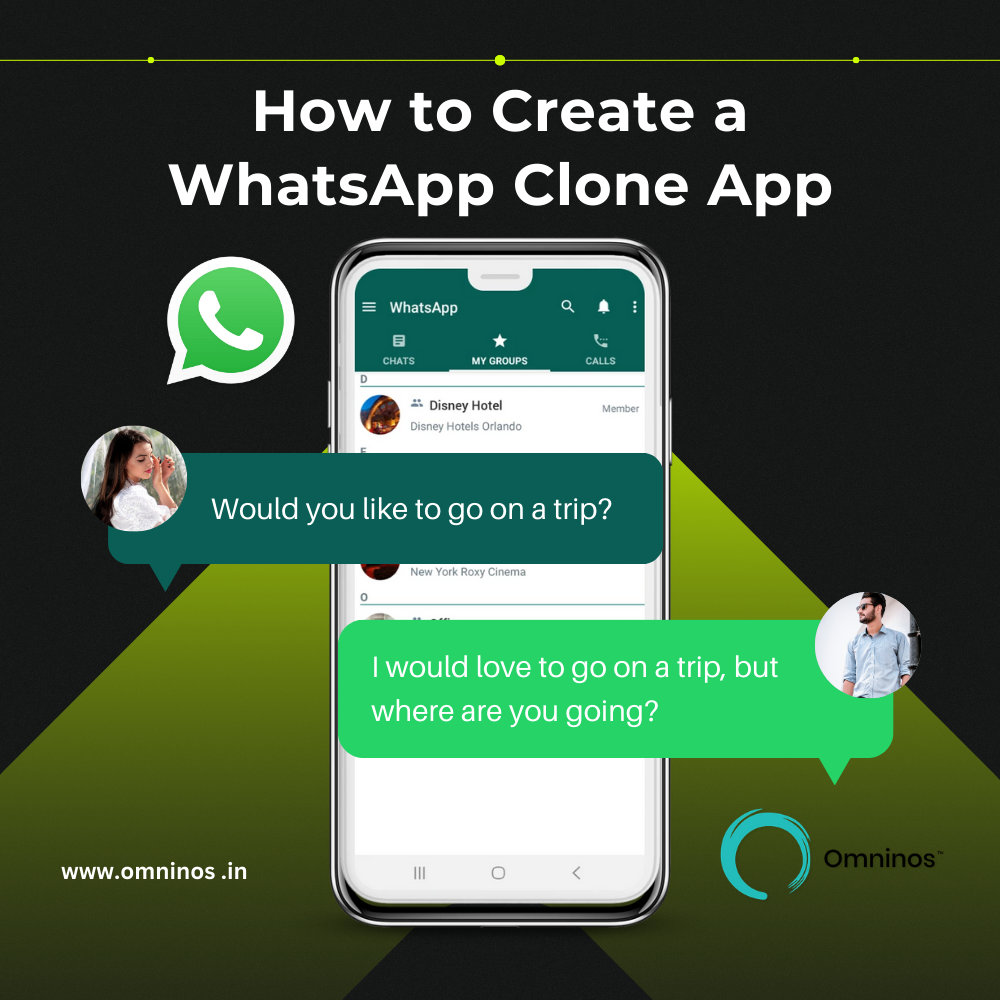The Clone Whatsapp Apps have become increasingly popular as more businesses and entrepreneurs seek to leverage the success of the original WhatsApp platform. Understanding how to create a Whatsapp Clone App is crucial for those looking to enter the messaging app market or enhance their existing communication solutions. This article delves into the essential steps and considerations involved in developing your clone whatsapp App.
What is a WhatsApp Clone App
In the vast landscape of mobile applications, a Clone WhatsApp App refers to a messaging application that replicates the core features and functionalities of the original WhatsApp platform. These apps often offer similar features such as text messaging, voice calls, video calls, file sharing, and group chats. The essence of a WhatsApp Clone App lies in providing users with a familiar and intuitive communication experience.
Key Features of Whatsapp Clone Apps typically include end-to-end encryption for secure messaging, multimedia file sharing, push notifications for real-time updates, contact synchronization, and customizable user profiles. These features are essential for ensuring a seamless and engaging user experience, akin to the original WhatsApp application.
Planning Your WhatsApp Clone App
Before embarking on the development journey, it is imperative to define your target audience and understand their needs and preferences. Are you targeting individuals, businesses, or specific niche markets? Understanding your audience will help tailor your app’s features and functionalities to meet their expectations effectively.
Setting clear objectives and goals is equally crucial. Determine what you aim to achieve with your cloning whatsapp App. Whether it’s fostering seamless communication within organizations, providing a platform for customer engagement, or simply creating a competitive messaging solution, having clear objectives will guide your development process.
Developing Your WhatsApp Clone App
Choosing the right technology stack is a critical decision that can significantly impact the performance and scalability of your app. Consider factors such as platform compatibility (iOS, Android, or both), programming languages (Java, Kotlin, Swift, etc.), and backend infrastructure (cloud hosting, server architecture, etc.). Collaborating with experienced developers or outsourcing development tasks can streamline the process and ensure optimal results.
Designing an intuitive user interface (UI) and user experience (UX) is essential for engaging users and encouraging app adoption. Pay attention to elements such as navigation, visual aesthetics, and interactive features. Incorporating user feedback and conducting usability testing can help refine your app’s design and enhance user satisfaction.
Testing and Launching Your WhatsApp Clone App
Conducting comprehensive testing is crucial to identify and rectify any bugs or issues before launching your app to the market. Utilize automated testing tools, manual testing methodologies, and beta testing programs to ensure the reliability, security, and performance of your app across various devices and platforms.
Once testing is complete, it’s time to deploy and launch your WhatsApp Clone App. Coordinate with app stores (such as Google Play Store and Apple App Store) for app submission and approval. Implement robust marketing and promotion strategies to generate awareness and attract users to your app.
Conclusion
In conclusion, creating a WhatsApp Clone App requires careful planning, meticulous development, and thorough testing. By understanding the basics, defining clear objectives, leveraging the right technology, and prioritizing user experience, you can develop a successful messaging app that resonates with your target audience.

